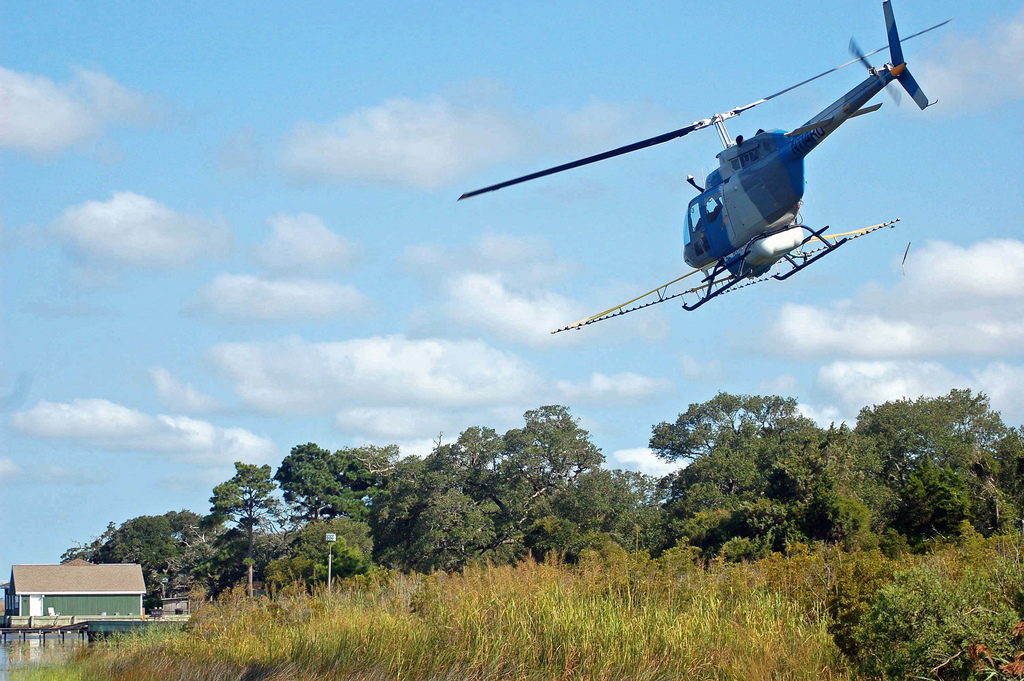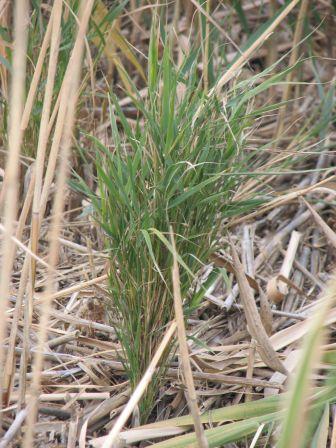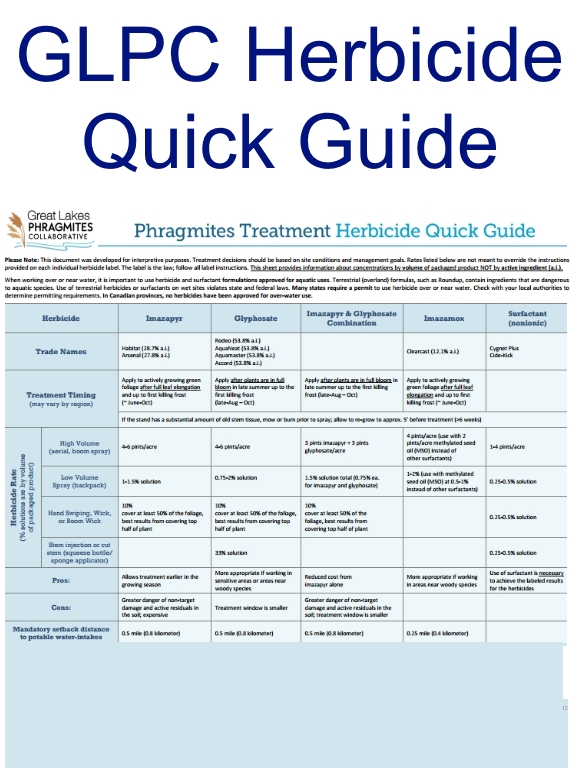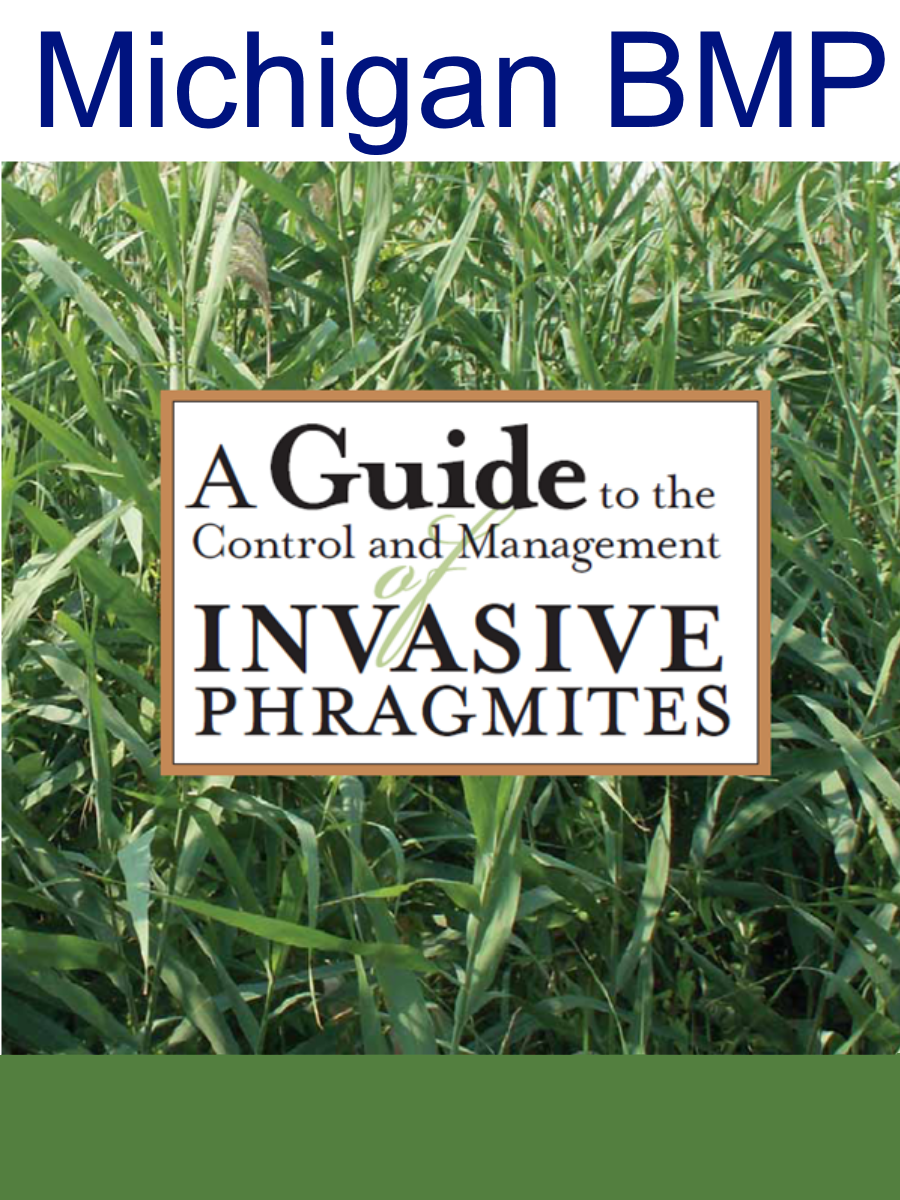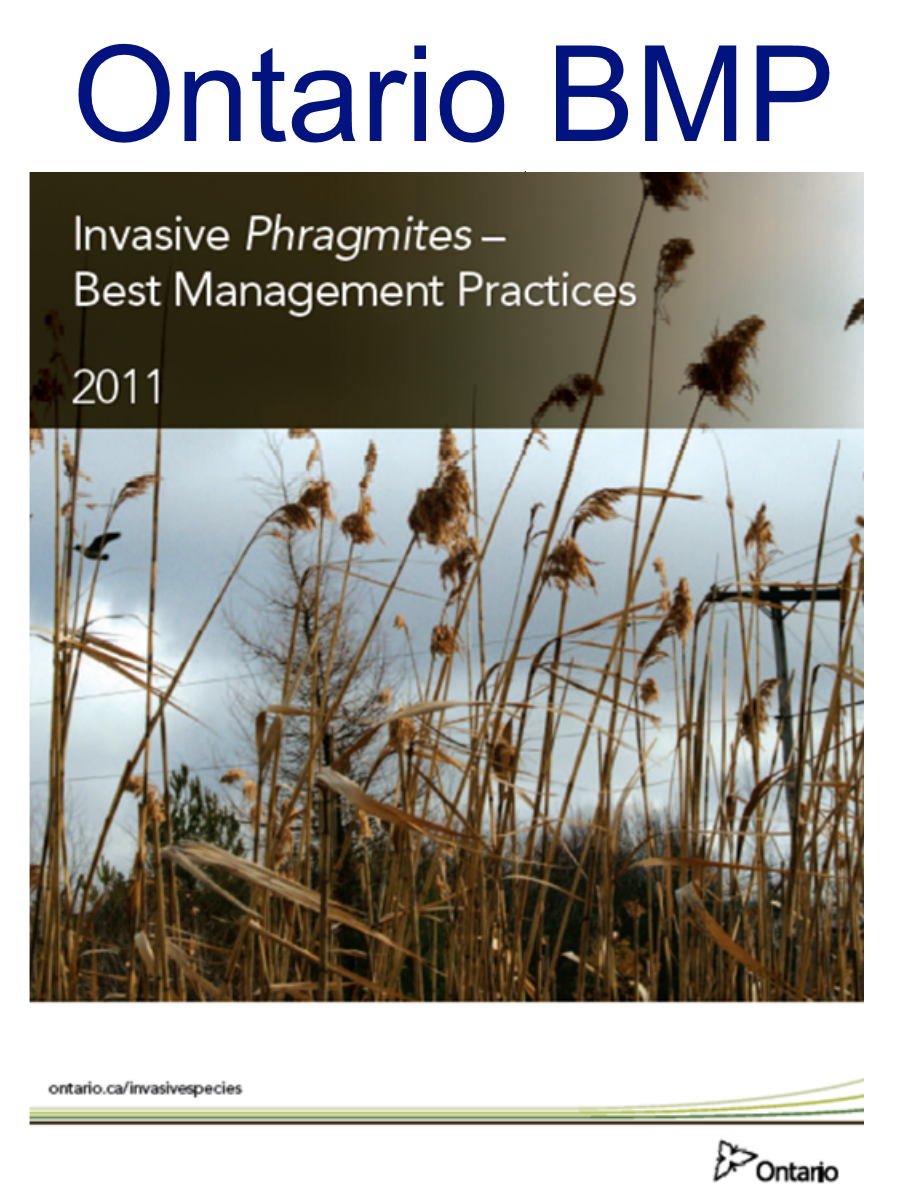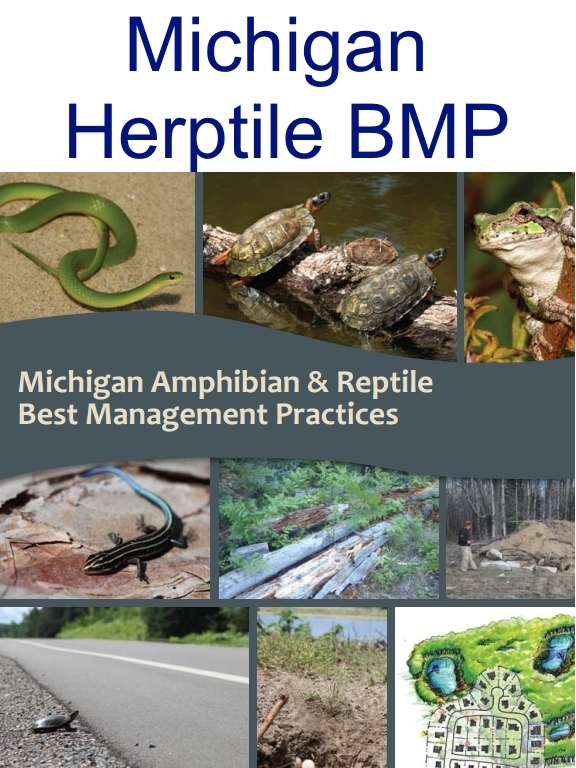In most cases, careful use of a herbicide is the most effective method of non-native Phragmites management, and is an important component of integrated management.
There are at least two herbicides (glyphosate and imazapyr) that are effective at managing non-native Phragmites. These herbicides are commercially available under a variety of trade names in the United States and Canada.
These herbicides are intended for broadleaf vegetation and are not species-specific. Care must be taken to limit effects on native plants.
It is critical to select a product that is applicable for site conditions and regulatory environments. For example, aquatic herbicides must be used for wet sites and are not permitted for use in Canada.
Please note: Regulations and permissions on herbicide use vary. The types of permitted herbicides, the application method, and the application concentration vary between counties, states and provinces. Herbicides may be prohibited in some areas or site conditions and forbidden in others. Ensure any herbicide work has been approved by all regulatory bodies, and that the application plan is appropriate for the site.
Summary of State and Provincial Herbicide Permitting Information
Click here to view a summary of approved herbicides, permit requirements and/or application guidance organized by State and Province. Of course, this list is not exhaustive and you should confirm these details with local authorities before proceeding. If you have updates or corrections for this summary, please contact us.

